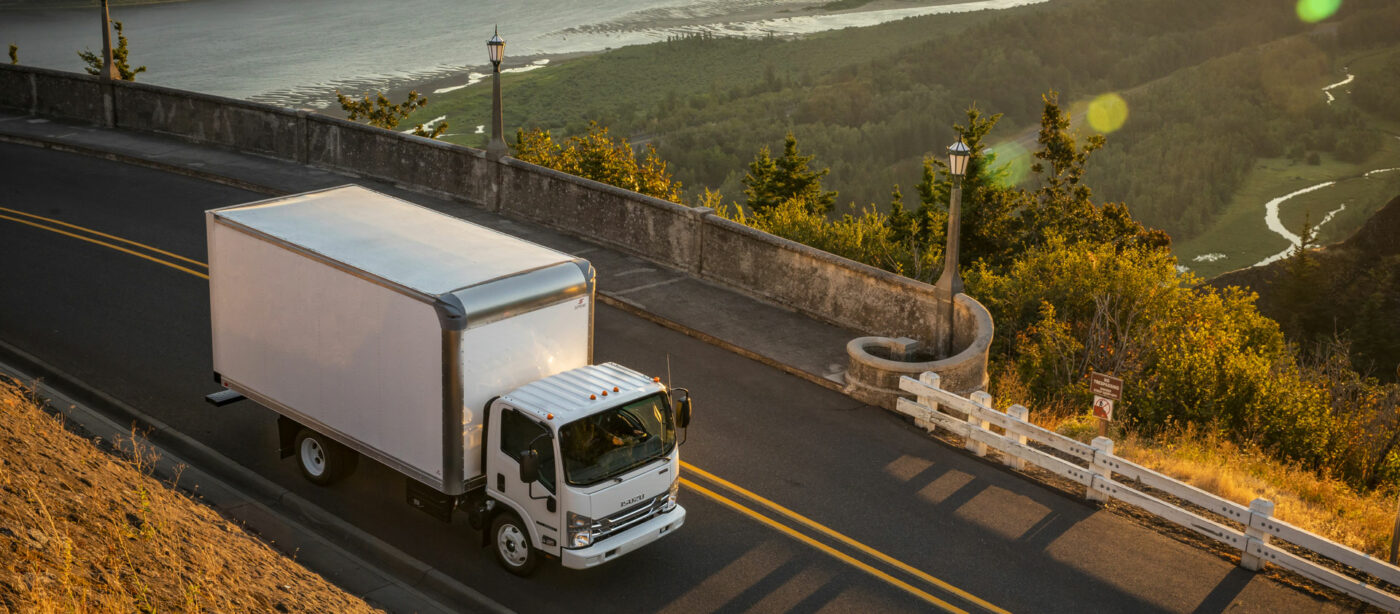The automotive industry is a labyrinth of alliances, mergers, and strategic partnerships, often leaving consumers and analysts alike questioning corporate ownership structures. One recurring query is: Does Toyota own ISUZU? To address this, we must dissect the historical ties, collaborative ventures, and evolving dynamics between these two Japanese automotive titans.
Section 1: Historical Context and Early Collaborations
Origins of ISUZU and Toyota: Separate Paths
ISUZU Motors Ltd., founded in 1916 as Tokyo Ishikawajima Shipbuilding and Engineering Co., initially focused on heavy-duty trucks and diesel engines. By contrast, Toyota Motor Corporation, established in 1937, built its reputation on passenger vehicles and innovative manufacturing practices like the Toyota Production System. These divergent specializations meant the companies operated in largely separate markets for decades, with ISUZU dominating commercial vehicles and Toyota ruling the consumer segment.
The 2006 Alliance: A Strategic Shift
In 2006, the automotive world took notice when Toyota acquired a 5.89% stake in ISUZU, signaling a potential deepening of ties. This partnership aimed to leverage ISUZU’s expertise in diesel engines—a critical area as Toyota sought to expand its diesel offerings in global markets. The collaboration birthed joint projects, including the development of a 1.6-liter diesel engine for Toyota’s European compact cars. However, this alliance was short-lived; by 2018, Toyota sold its entire stake, citing shifts in market demand toward electrification and away from diesel technology.
Section 2: Current Ownership and Collaborative Frontiers
No Parent-Subsidiary Relationship Exists
Critically, ISUZU and Toyota have never been in a parent-subsidiary relationship. While Toyota briefly held equity in ISUZU, the latter remains an independent entity listed on the Tokyo Stock Exchange. Today, ISUZU’s largest shareholders include institutional investors like Japan Trustee Services Bank and The Master Trust Bank of Japan, with no single entity holding majority control.
Reigniting Collaboration in the EV Era
Despite the dissolution of equity ties, the companies continue to collaborate in areas aligned with industry megatrends. In 2021, they announced a joint venture to develop hydrogen fuel cell technologies for heavy-duty trucks, combining ISUZU’s commercial vehicle prowess with Toyota’s leadership in hydrogen innovation. This venture underscores a shared recognition that decarbonizing transportation requires pooling resources, even without formal ownership linkages.
Shared Components and Market-Specific Synergies
In emerging markets like Southeast Asia and Africa, ISUZU and Toyota maintain a pragmatic coexistence. For instance, ISUZU supplies diesel engines for Toyota’s IMV (Innovative International Multi-purpose Vehicle) lineup in regions where rugged, fuel-efficient commercial vehicles dominate. Meanwhile, Toyota’s hybrid systems have been explored for integration into ISUZU’s light-duty trucks. This symbiotic relationship highlights how competition and cooperation can coexist in a fragmented industry.
Future Trajectories: Independence vs. Consolidation Pressures
Speculation about mergers or acquisitions persists, driven by global automotive consolidation. However, both companies have publicly affirmed their commitment to independence. ISUZU’s focus on autonomous logistics solutions and Toyota’s investments in software-defined vehicles suggest divergent innovation priorities. Yet, as regulatory and technological challenges mount, strategic alliances—rather than outright mergers—are likely to define their future interactions.
The narrative of ISUZU and Toyota is one of opportunistic collaboration without entanglement in ownership. Their story reflects broader industry trends: competitors become partners in specific domains while guarding their autonomy. For now, the answer remains clear: ISUZU is not owned by Toyota, but their paths will undoubtedly intersect again as the automotive landscape evolves.
